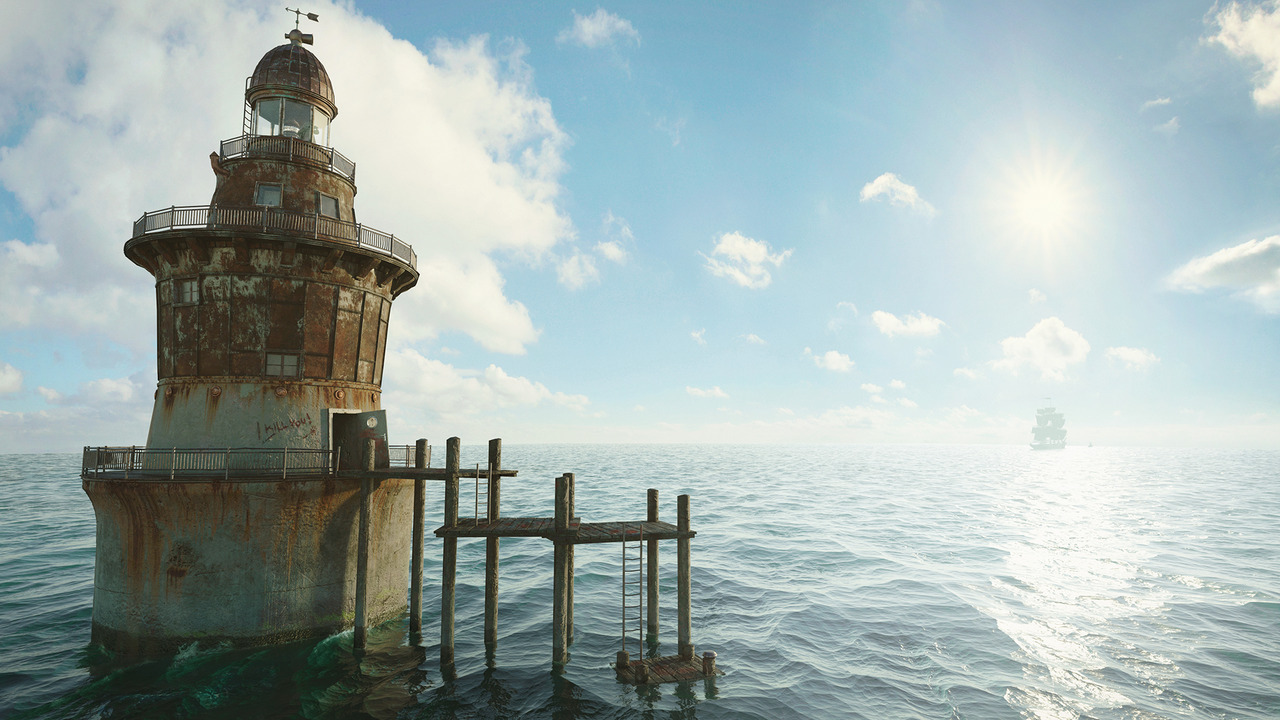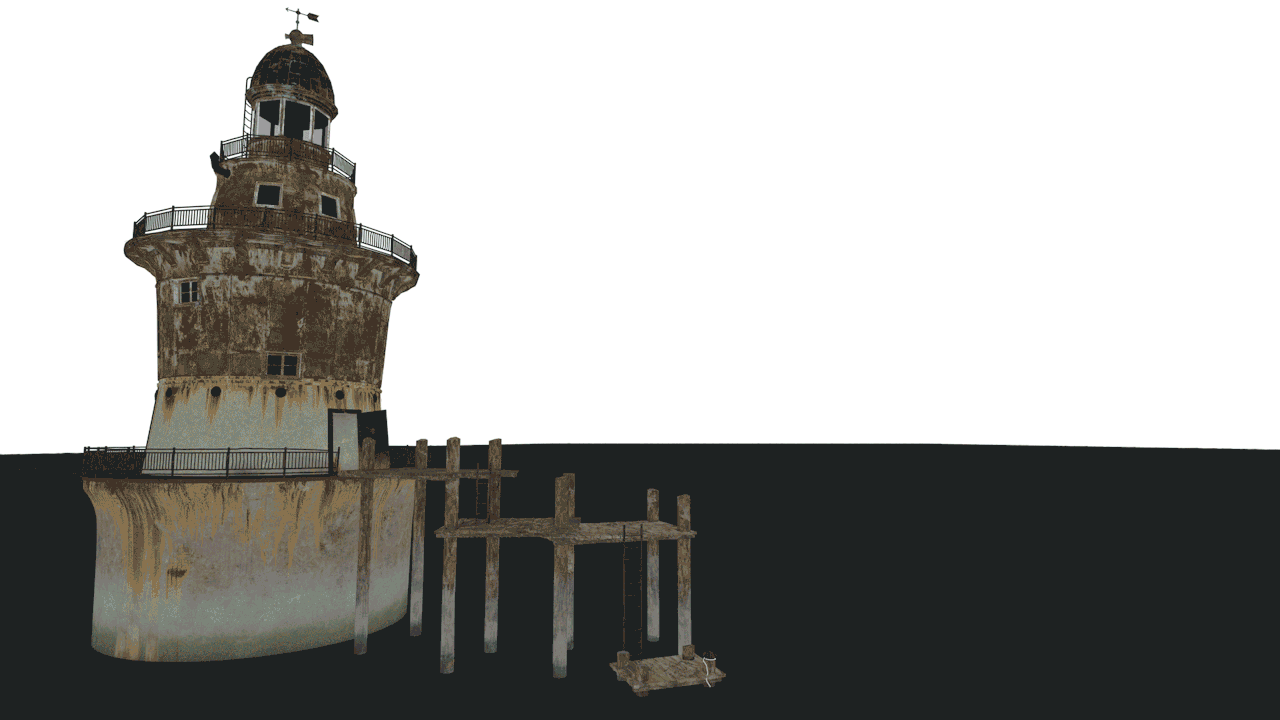 Voitures
Voitures
 Camions
Camions
 Autobus
Autobus
 Motos
Motos
 Militaire
Militaire
 Électronique
Électronique
 Armes
Armes
 Bâtiments
Bâtiments
 Avion
Avion
 Meubles
Meubles
 Personnages
Personnages
 Animaux
Animaux
 Véhicule spatial
Véhicule spatial
 Aliments
Aliments
 Navires
Navires
Plus
Hi everyone! We continue a series of short interviews with the best artists from Hum3D competitions.
Miroslav Šamánek, the author of work “What is the right thing to do?” will answer on six questions and give us a look behind the work.
– Tell us a little bit about yourself. How did you become a 3D artist?
I’ve started making 3D quite accidentally. I’ve started using 3D as a matte painter to help myself with the perspective. Assets which are hard to find in photos etc. After all, I liked it so much so I finally fall in love with 3D. However, graphics were and it is kind of must have for me since my elementary school in many forms. Initially as a web designer, right after as a matte painter and now as a 3d artist. Right now I work as a 3d artist In studio since September 2018.
– What’s your favorite aspect of creating 3D art? Is there something you specialize in and enjoy the most?
First of all the capability to make anything that is in my mind in any style and quality. I can change my light, camera, shape, turn around with everything. There are limits only in your own capabilities and the knowledge of the specific tool.
Definitively I want to specialize in design. Right now I am exploring hard surface and transportation design. These are the most attractive to me. But who knows what will be the next point.
– What or who inspires you today?
Undoubtedly Vitaly Bulgarov. His sense of detail and crazy effectiveness. Mike Hill with his empathizing to the atmosphere, knowledge of design and last but not least the functionality. Jama Jurabaev, because he is someone who reminds me to not forget that all of this is only the tools and you are the artist, so just create. And simply everyone in my environment and community who is working hard to be the best.
– Please tell us your five short tips for creating realistic renders?
– Look around, watch how things work and what happens to them in the environment where they are. What has an impact on them? Ask yourself « Is it believable? » « If someone shows me this, could I believe it is real? ». Of course, consider the stylization.
– Place the camera somewhere it makes sense. It should look like it is captured by someone or something (drone) or be laid down somewhere. We are looking through someone’s eyes etc. The third person which is known for its purpose in games is dangerous in many cases.
– Master lighting. It is most important to set up the lights we know from the real world first. In the exterior it is the sun, in the interior, it is window or light bulb or something. Respect the bounce light and light up everything that is too dark or too hidden if you want it as a focal point. But never fight with the real lights. Extra lighting should be « invisible ».
– Model must have a real scale, proportions, and shape. Every aspect what it has in the real world. What it is made from, how it was developed and what tool made its form.
– By the importance, In my opinion: On the first place – light, then model and lastly the textures. For example, we can do everything to make good textures on the badly modeled car (smoothing problems, no thickness, weird shapes, etc.) but vain effort if it does not respect its shape language. However, when we light this model in the sunset, contra lighting, it could save the day and it is usually happening in practice.
Please don’t forget to consider my tips. They are the result of my current practice and it may change by time. The best case scenario is to investigate how they fit your own workflow.
– Could you please show us any images from the work process with a short description.
Sure, I want to share my previous project “The lighthouse”.

Watch the gif with a breakdown.

It is completely made in Modo, even the rendering. For the post process, I used techniques learned from Tor Frick. You render different passes which are then composited together in Photoshop into the final image. It is great because that brings you the capability to draw in a specific map. For example the diffuse map. Theoretically, the added textures are only about the color corrections. The light pass does its job, so if you choose the images for polishing the model wisely, you’ll have less effort to do the « matte painting » on it.
Confidentially I have my own philosophy in making my own work diary about everything I am doing or what I am working on. It’s everything on my blog where you can watch my whole path till now, practically. It is Artista Journey, now on Tumblr.
– Which of your designs are you most proud of and why?
It’s simply my work made for the competition. I often choose my projects with consideration in skill what it should bring to me. I am the explorer developing his workflow and know how, so every project is the outcome of my studies and tests. The result of invested effort. So the last work is some kind of my current top skills and I think I can be proud of it. One important thing for me is my rule which is saying « After the deadline, it’s finished ». So I am not working on it any longer and can’t do any changes. I leave it as it is. Definitely, it is really important for me to investigate all my mistakes and fails. Take criticism from other artists and write for myself notes about it. But I never change it, it is done and it is important to be as it is to remind me everything that I’ve done bad and great and I don’t want to erase it with any changes.
Well, thanks for great questions and keep practicing to be great!
Add a comment